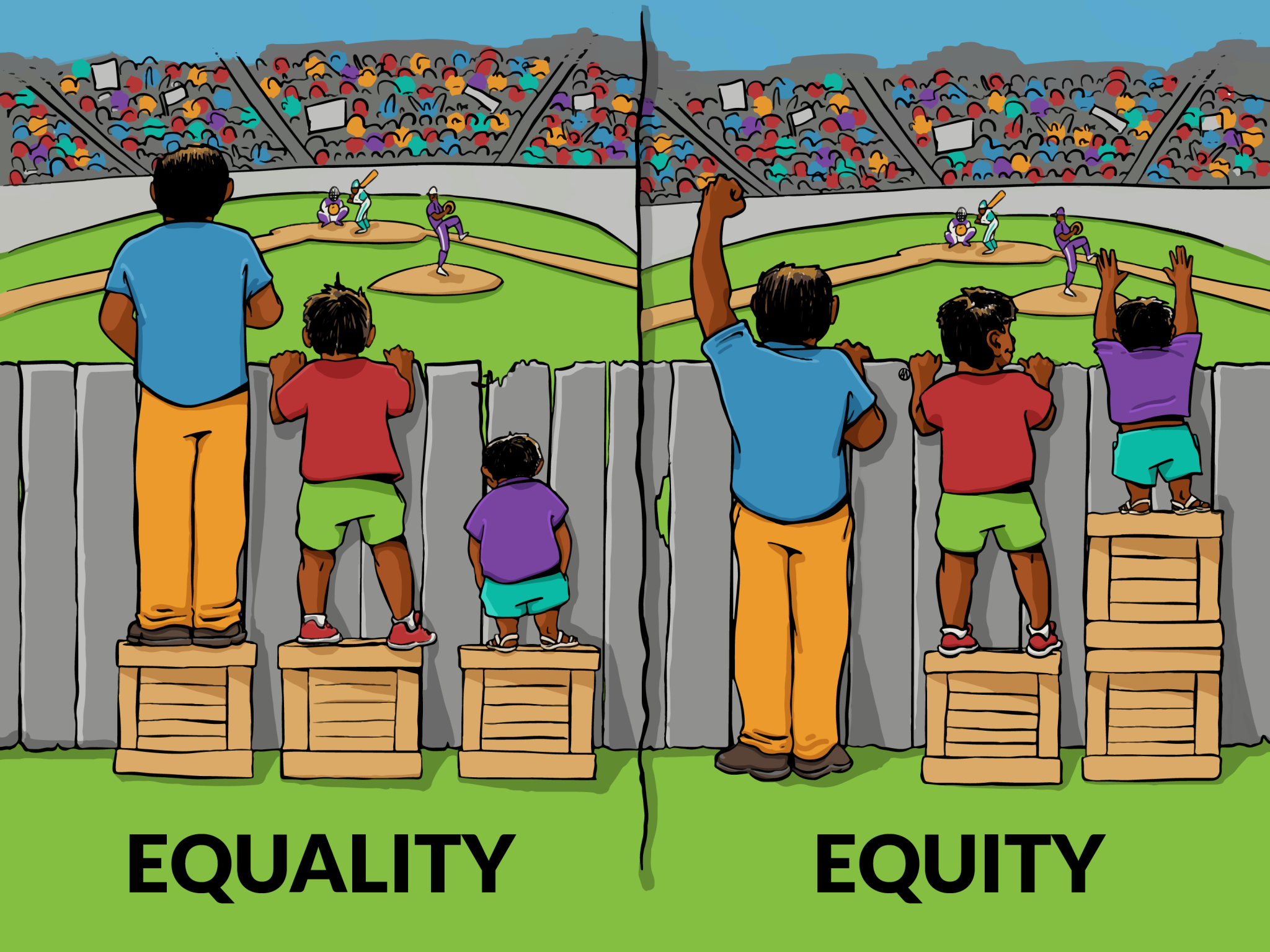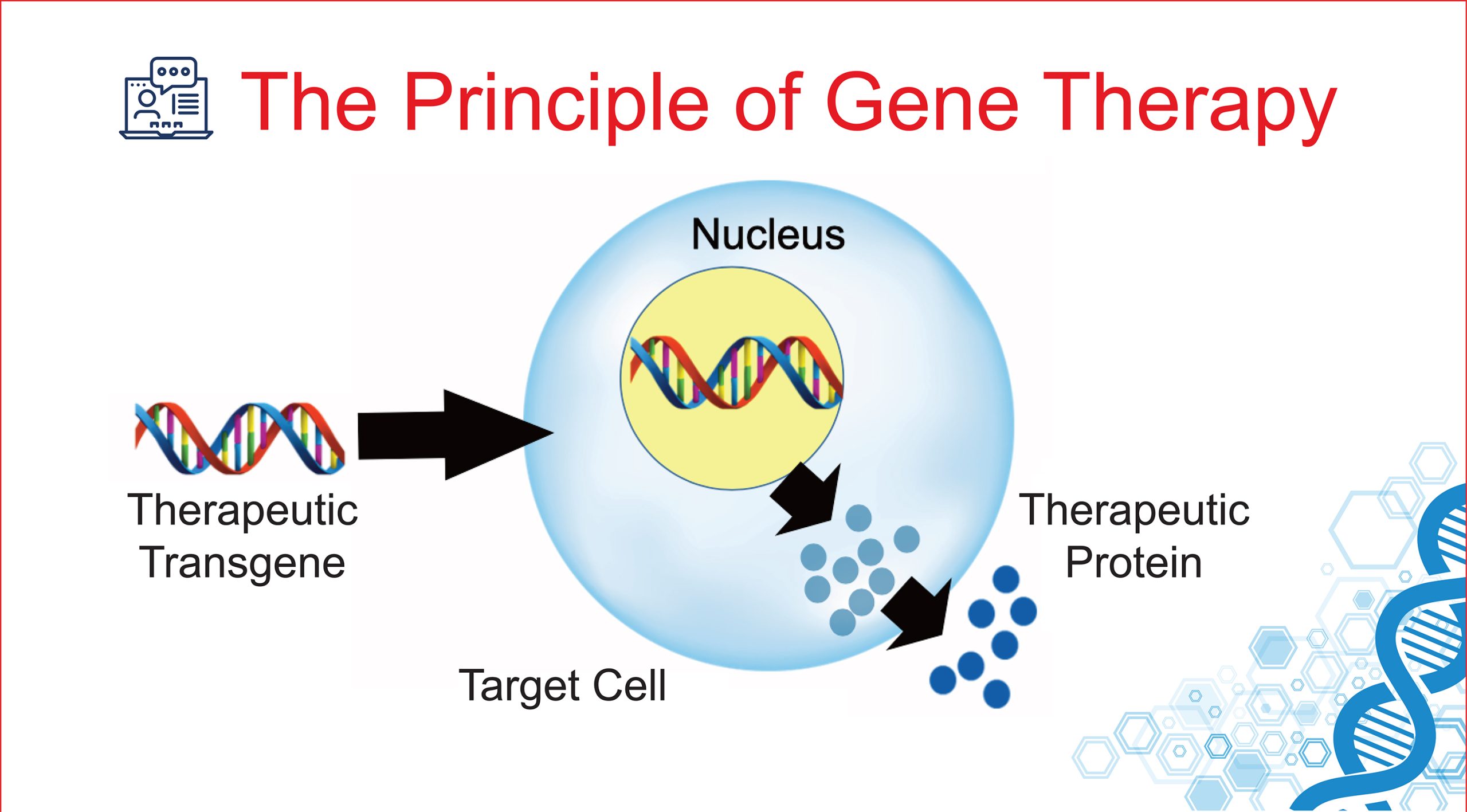Achieving Education Equity: Breaking Barriers and Fostering Inclusive Learning Environments

In today’s dynamic and interconnected world, education serves as the cornerstone of progress, prosperity, and societal development. However, the accessibility and quality of education remain disparate, creating barriers that hinder the realization of true education equity in learning opportunities. Addressing these disparities requires a concerted effort to dismantle systemic inequalities, prioritize inclusivity, and empower every individual to thrive academically, regardless of their background or circumstances.
Understanding Education Equity
Education equity refers to the principle of ensuring that all students, regardless of their socioeconomic status, race, ethnicity, gender, or other characteristics, have access to the resources, support, and opportunities they need to succeed academically. Unlike equality, which assumes that every student receives the same resources and support, equity recognizes that different students require different levels of assistance to achieve the same outcomes.
Challenges to Education Equity
Despite efforts to promote inclusivity and diversity in education, numerous challenges persist, perpetuating disparities in access and achievement. These challenges include:
- Socioeconomic Inequalities: Students from low-income households often face barriers such as inadequate funding for schools, limited access to educational resources, and lack of support systems at home.
- Racial and Ethnic Disparities: Minority students, particularly African American, Hispanic, and Indigenous students, are disproportionately affected by inequities in education, including lower academic achievement, higher dropout rates, and limited access to advanced courses.
- Gender Disparities: While significant progress has been made in promoting gender equity in education, disparities persist in certain fields, such as STEM (Science, Technology, Engineering, and Mathematics), where women and girls are underrepresented.
- Disabilities and Special Needs: Students with disabilities or special needs often encounter barriers to accessing quality education, including inaccessible facilities, limited accommodations, and insufficient support services.
- Language and Cultural Barriers: English language learners and students from culturally diverse backgrounds may face challenges in academic achievement due to language barriers, cultural differences, and limited representation in the curriculum.
Strategies for Promoting Education Equity
Achieving education equity requires a multifaceted approach that addresses the root causes of disparities and fosters inclusive learning environments. Key strategies include:
- Equitable Funding: Ensuring that schools serving disadvantaged communities receive adequate funding to provide essential resources, such as qualified teachers, up-to-date instructional materials, and support services for students.
- Targeted Interventions: Implementing targeted interventions, such as early childhood education programs, mentorship initiatives, and tutoring services, to support students who are at risk of falling behind academically.
- Culturally Responsive Teaching: Training educators to incorporate culturally relevant content, teaching strategies, and perspectives into the curriculum to engage diverse learners and promote inclusivity.
- Accessible Learning Environments: Creating physically and technologically accessible learning environments that accommodate students with disabilities and special needs, including accessible facilities, assistive technologies, and individualized support plans.
- Community Partnerships: Collaborating with community organizations, businesses, and local stakeholders to provide additional support services, extracurricular activities, and enrichment opportunities for students from underserved backgrounds.
- Policy Reform: Advocating for policy reforms at the local, state, and federal levels to address systemic inequities in education, including equitable distribution of resources, fair disciplinary practices, and inclusive policies that protect the rights of all students.
The Impact of Education Equity
By promoting education equity, we can unlock the full potential of every individual and create a more just, prosperous, and inclusive society. When all students have access to high-quality education and the support they need to succeed, the benefits extend far beyond the classroom:
- Economic Empowerment: Education is a powerful tool for economic mobility, enabling individuals to secure higher-paying jobs, build financial stability, and contribute to the growth and competitiveness of the workforce.
- Social Cohesion: A more equitable education system fosters greater social cohesion by breaking down barriers of inequality, promoting empathy and understanding across diverse communities, and building a shared commitment to equity and justice.
- Innovation and Creativity: Diverse and inclusive learning environments spark innovation, creativity, and critical thinking skills by harnessing the unique perspectives, talents, and experiences of all students.
- Health and Well-being: Education equity is closely linked to improved health outcomes, as higher levels of education are associated with better access to healthcare, healthier lifestyle choices, and reduced rates of chronic diseases.
- Democratic Participation: Education empowers individuals to engage meaningfully in civic life, participate in democratic processes, and advocate for positive social change, strengthening the foundations of democracy and civic engagement.
In conclusion, achieving education equity is not only a moral imperative but also essential for building a more equitable, prosperous, and inclusive society. By addressing systemic inequities, fostering inclusive learning environments, and empowering every individual to reach their full potential, we can create a future where education serves as a catalyst for positive change and collective progress. It is only through collective action, steadfast commitment, and unwavering dedication to equity that we can realize the promise of education for all.



Leave a Comment